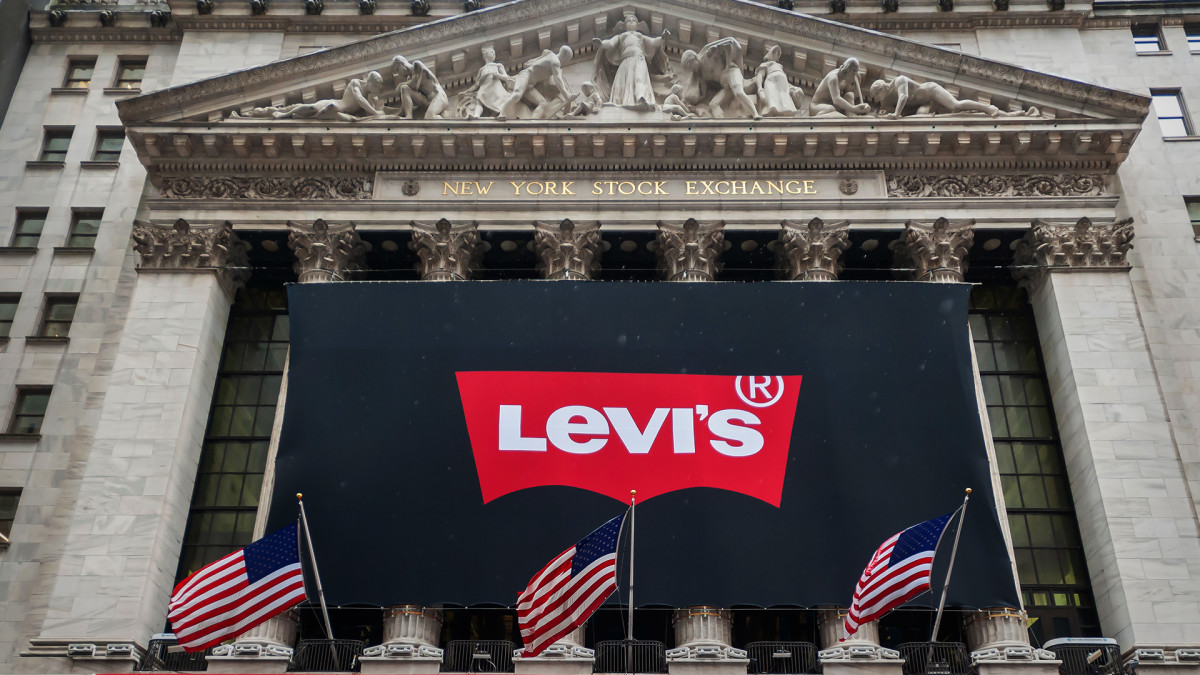UPDATE: Levi Strauss & Co. has just announced a strategic plan to navigate the impending impact of tariff increases as the crucial 2025 holiday shopping season approaches. As tariffs threaten to rise to an average of 20.6% on August 1, the company’s leadership revealed urgent measures aimed at mitigating cost pressures during its earnings call on July 10, 2025.
With President Donald Trump’s latest tariff announcements affecting major trade partners, including the European Union and Mexico, Levi’s is taking proactive steps to remain competitive. CFO Harmit Singh stated that the company is “taking a hard look at productivity in our assortments,” eliminating low-volume stock-keeping units (SKUs) to streamline operations and reduce markdowns during the holiday rush.
Levi’s strategy focuses on minimizing inventory by cutting less-popular styles and colors. This move is designed to ensure tighter inventory levels and decrease the need for steep discounts, a critical factor as holiday sales approach. CEO Michelle Gass emphasized that the brand is also “absorbing some of the costs” associated with the tariffs, reflecting a commitment to maintaining customer loyalty amid rising prices.
The company’s second-quarter performance has shown promising results, with revenue reaching $1.45 billion, a 6% year-over-year increase. Strong sales of wide-leg jeans for women have contributed to this growth. Following the earnings report, Levi’s stock surged over 7% in pre-market and after-hours trading, a clear sign of investor confidence in their agile approach.
Levi’s is not only optimizing its product mix but is also diversifying its supply chain to buffer against geopolitical uncertainties. Currently, the company sources heavily from countries like Bangladesh, Cambodia, and Indonesia, reducing dependency on China, which now represents just about 1% of its U.S. imports. This strategic shift positions Levi’s to better navigate the evolving trade landscape.
As retailers brace for the holiday season, Levi’s innovative moves reflect a broader retail trend towards focused product lines. The company’s ability to adapt quickly to market demands while minimizing tariff impacts underscores its competitive edge.
With the holiday season just around the corner, consumers can expect Levi’s to deliver a leaner, more appealing product selection that resonates with current fashion trends. As ongoing tariff discussions continue to unfold, the retail giant’s proactive measures will be critical in shaping its success in the coming months.
Stay tuned for more updates on this developing story as Levi’s and other retailers prepare for the challenges ahead.
